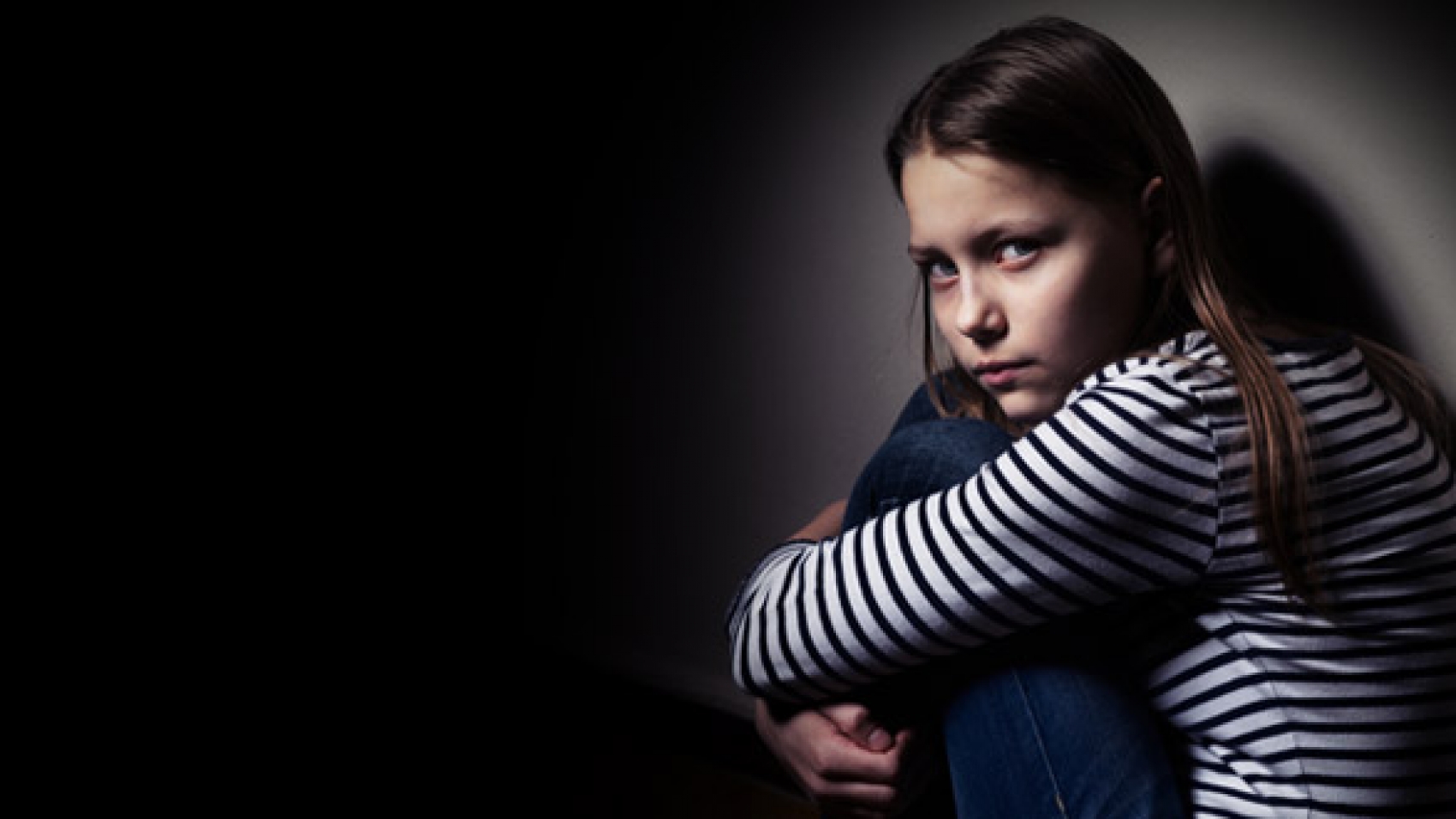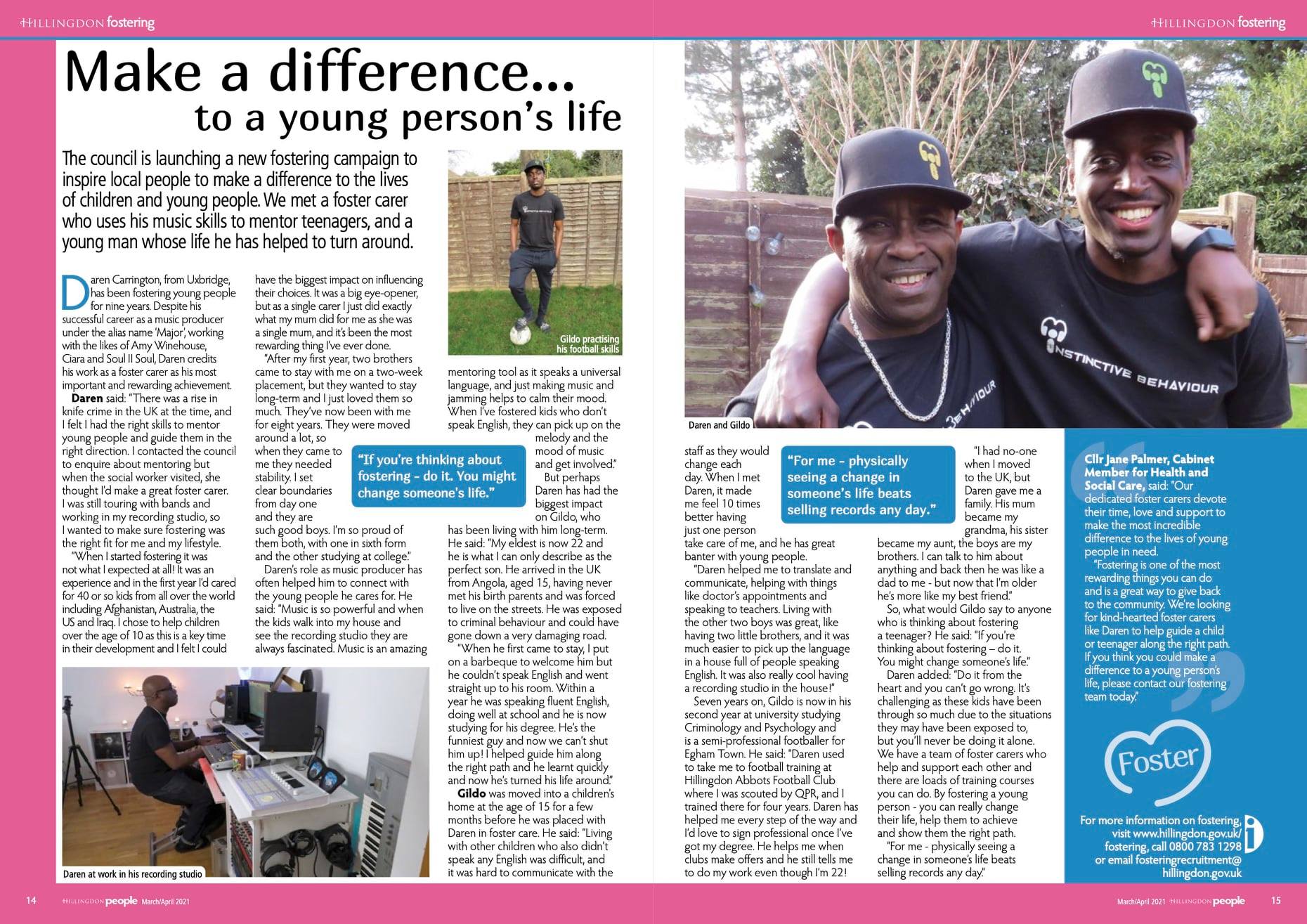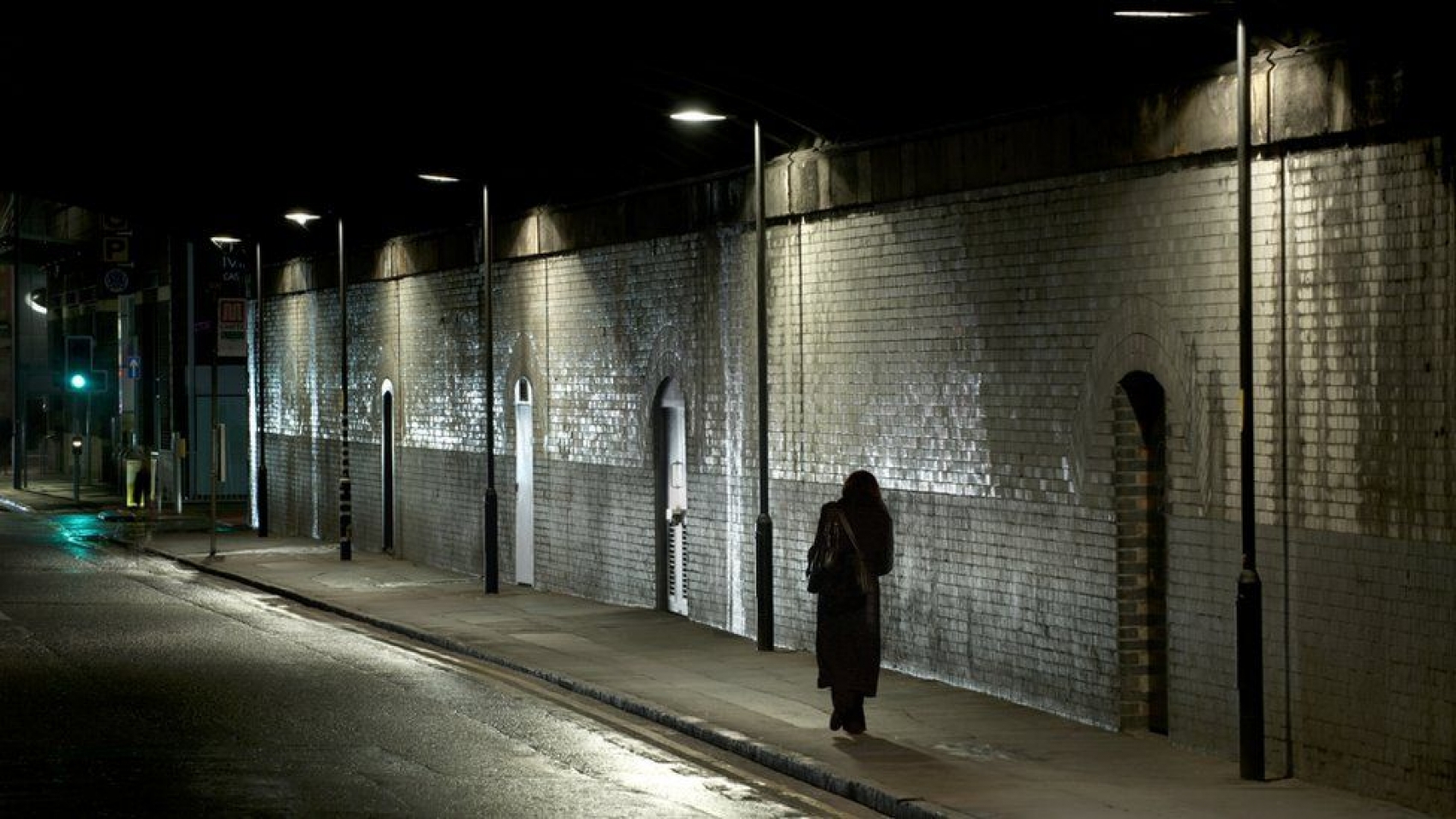A ruthless child-grooming gang flew a boy back to Britain so he could continue dealing drugs after his desperate parents sent him to Kenya for his own safety, HuffPost UK can reveal.
Another grooming victim had to be held down by his mother and siblings as he tried to knife his innocent step-father, unrecognisable from the star pupil and keen footballer he had been a few years earlier.
These are among dozens of horrifying stories from desperate families whose children have been threatened, attacked and ultimately trapped by county lines gangs with little hope of escape.
HuffPost UK has spent a year working with families through grassroots charity Minority Matters in north London to shed light on the devastating impact of these drug trafficking operations. We heard how the British gangs who have driven the trade in vulnerable young people for decades have devised even more sophisticated ways to continue their illegal activities during the pandemic.
“Covid has made things worse for groomed and criminally exploited young people and children. More children have gone missing, been caught dealing drugs, not listening to their parents, getting hurt. Drug dealing has increased rather than decreased during this pandemic,” said Sadia Ali, co-founder of Minority Matters.
Ali and her colleagues at the youth organisation told us councils and law enforcement across the UK are largely powerless to decondition young people who have been groomed.
Children are taught how to get excluded from school and what to say to police, and many refuse help for fear their families will be attacked.
Ali’s colleague Aisha Ahmed told HuffPost UK: “Exclusions and antisocial behaviour are signs of grooming. Children are told to act out as the first step towards eventually being sent to run county lines.”
The goal is to “destroy any safety net that might prevent them from being criminally exploited”.
“When children start showing negative behaviours, the system is set up to look into the home and parents as possible causes,” Ahmed said. “Groomers know that they’ll have free rein while schools and social services are investigating the parents.”
Some end up doing jail time rather than expose their loved ones to harm, and others fall prey to knife crime – either as victims or perpetrators.
The jaw-dropping tactics, witnessed again and again by the grassroots anti-gangs workers we spoke to, are used to recruit children to sell and transport drugs up and down the UK.
While drug gangs running county lines operations are not new, they say police and social workers haven’t got to grips with the sophistication of the networks and the way they insulate themselves against intervention, a problem made worse by lockdown as the gangs adapt faster than the authorities can keep up.
“School closures have had a huge impact,” said Ali. “For just a few hours children would be in a relatively safe environment but with the lockdown many parents have found out their children were getting calls then making excuses to break lockdown rules by going out to deliver drugs. It then became clear that these children are engaged in criminal activities.”
I was pinning my own son down to the floor. He had a knife in his handGiselle Samuels*
Often parents don’t have proof that their child has been entrapped in county lines activity until they are deeply caught up. There’s never any grand admission from their child about dealing drugs; clues could include seeing them picked up by unknown vehicles such as minicabs, disappearances, discovering train tickets to county areas in their room, and overhearing phone calls detailing drop-offs.
Ali told us about the case of one boy whose parents sent him to Mombasa, where she thought he would be safe from the gang that had been exploiting him in London – only for the gang to wire him cash to return to the UK.
The boy’s own family were too afraid for their own safety to speak to us directly, even on the condition of anonymity.
“Money was sent to him to make his way back to the UK, with the embassy there issuing him a passport to return with. This was despite the parents’ objections,” Ali said.
“Like many, he went from the airport to being missing.”
Devastated mother Giselle Samuels* told HuffPost UK how her own son Patrick* was lured away from her – and how the nightmare came to a head when he launched a frenzied knife attack on her partner in the family home.
“I was pinning my own son down to the floor,” she said. “He had a knife in his hand and, if I let go, I would’ve been stabbed. I still can’t get over the fact that this is how our lives have ended up.”
Had Samuels not managed to overpower Patrick with the help of her two younger children, she believes her partner Andy would be dead.
But she insists Patrick is a victim in this case too. He had been groomed by a county lines gang years earlier, changing the family forever.
Young and vulnerable people are exploited as a direct result of drug prohibition, and exposed to high levels of exploitation, intimidation and violence, through the “county lines” drug supply phenomenon.
How to run a county lines operation
“County lines” works like this. Gangs from urban areas – often but not always London – set up a mobile number in a new area to sell drugs directly at street level. Potential customers ring the number and local runners are then dispatched to make deliveries. The “runners” are often children, typically boys aged 14 to 17, who are groomed with the promise of money, gifts and status, then deployed or coerced to carry out the illicit deals on a daily basis.
Children and young people go missing, or “run away”, when their groomers send them to run the county lines. They are frequently used by gangs to expand inner city drugs operations into rural towns and are forced to work 24 hours, in a “trap house”, for weeks on end.
These vulnerable youth are not allowed to leave, have to be on call, are discouraged from sleeping and, in some instances, don’t even get food. The missing episodes aren’t a choice – they have to go or they will get in trouble with their groomers.
Children as young as 11 have been reported as being recruited by these highly organised networks.
Nearly one in six children notified to the National Referral Mechanism – the system used to identify victims of modern slavery and human trafficking – as suspected victims of child criminal exploitation are girls.
According to the Children’s Commissioner, some 46,000 children are involved in gang activity in England, and 4,000 teenagers in London alone are being exploited by county lines networks each year.
However, Minority Matters thinks this number is much higher.
Aisha Ahmed, the charity’s development manager, told HuffPost UK: “The way criminal exploitation of children is identified puts these children into the same statistics as modern day slavery victims from Eastern Europe and Vietnam who have been forced into prostitution, fruit picking, car-washing and drug farming.
“It’s only recently that they’ve become a sub-category in the wider category of modern slaves. Even so, the numbers are hiding how widespread this issue is. Think of all of the youth drug offences which have been tried at court but were never linked to county line activities. Or knife crime, where perpetrators and victims’ activities point to the wider picture, but no one bothers to put together the pieces.”
Patrick is just one example of a child who was groomed and exploited by a county lines gang.
He was repeatedly arrested on drugs-related charges, sent to prison, and released after serving his sentence. Each time her son returned home from jail, his mother recognised him less and less.
She said he didn’t seem to know what was or wasn’t reality any more. “On one occasion, my son basically said to me there’s only two options for him: to either be in prison or to kill himself – because he can’t see having the standard, normal life. The person I’m describing isn’t my son. I know him to be a loving caring person,” Samuels added.
Patrick was 17 when his family started to notice changes in his behaviour. Patrick and his mother, especially, had always enjoyed a close relationship.
But when his parents got divorced, Patrick became increasingly detached, erratic and rebellious. His mother assumed the marriage breakdown had hit him hard. With hindsight, however, she realises that he was being groomed by a county lines gang. No one in her family had ever been involved with drug dealing or breaking the law.
At first, things weren’t too bad. Patrick and his siblings accepted their mother’s new partner warmly, while their own father continued to play an instrumental role in their lives.
Then Patrick, who had been academically gifted and talented at sports, began refusing to attend college and skipping football practice. Worse still, he began to go missing – for long periods of time.
“There’s a misconception [about] single parents, broken homes – that probably family members naturally engage in criminal activity which causes their children to face a heightened risk of being groomed. But we weren’t a broken family. My husband and I both worked, were homeowners, were educated and so were my kids. This is happening to kids from all different backgrounds.”
Children’s Society report entitled Counting Lives: Responding To Children Who Are Criminally Exploited highlights that young people affected by family breakdown and living in poverty may be deliberately targeted by grooming gangs.
However, it also concludes that any child can be at risk of exploitation, and that anyone who wants to fit in, feel less alone or make money can be at risk.
“There are definitely cases around young people from minority ethnic backgrounds being targeted more, particularly in areas like London, but there’s not one type,” added Patrick’s mother.
“Though there’s a consensus that young Black men that are exclusively being groomed by county lines gangs, when you look at the issue more broadly, it’s not just Black kids. Young people who go missing and get caught up in county lines could be any child.”
The leaders of county lines deliberately deploy white youth to transport drugs to certain areas because of a decreased likelihood of them being stopped and searched by police, HuffPost UK has heard.
“It’s the ‘clear skin’ phenomenon,” explained London-based substance misuse worker Adam Johnson.
“Remember: the most successful drug dealers just blend in, drive a brown Fiesta and live with their mum. A Black kid goes to certain areas, they’ll stand out and be targeted by the police. Hiding in plain sight is what you have to do and the line leaders know this so they’ll target white kids who are in care, white kids who are not known to the authorities and flagged as missing to the police for example, children who are displaced, people who can slip by undetected.”
A similar phrase, “clean skin”, is at least two decades old, referring to drug dealers who are able to elude police attention. Both phrases more than hint at the racial disparity in the criminal justice system – something campaigners have been urging authorities to address for even longer still.
But despite the fact grooming gangs target children of all ethnicities, Black young people are far more likely to be charged for possession rather than cautioned, to be taken to court, to be fined or imprisoned, and to get a criminal record than their white counterparts.
Three times as many Black people aged 21 and under are convicted of Class A drug supply than white people of the same age.
Ahmed, from Minority Matters, said: “Our stance is that the only vulnerability that children have is the fact that they are children. However, in terms of Black and ethnic minority children, they come from communities usually disregarded by statutory bodies. They can be used as cannon fodder.
“Even when they’re caught drug dealing at a young age, the police and government are less likely to see them as victims, do not do enough to look for the groomers, the people at the top of the illegal enterprise.
“This links with the statistics of Black boys being more likely to be convicted than their white counterparts.”
She added: “The system doesn’t take their abuse seriously.”
Minicabs and mobile phones
Like many industries, drug trafficking relies on outsourcing.
Just as drug chiefs need vulnerable children to do the dirty work of moving illegal substances around the country, they rely on workers from other sectors to provide services such as mobile phones and transport, without which they wouldn’t be able to run their business.
Cheap “burner” phones can be bought from local corner shops and supermarkets without paperwork being exchanged and then discarded, making calls harder for authorities to track. Minicab firms that accept bookings over the phone make it easy to chauffeur drugs and their young carriers around the country without the attention that might be attracted by using public transport.
Children as young as 12 have been known to embark on these journeys alone, for long distances and during school hours. These journeys are either paid for in cash or through rider accounts authenticated through stolen credit cards.
In 2018, this prompted the government – in a collaboration with Crimestoppers – to produce posters advising private vehicle hire company managers to spot the signs of vulnerable young drug runners being forced to utilise their services. But even in lockdown, helpless parents tell HuffPost UK, it has made little difference.
My son does not need to be on the street. He’s only on the street because he’s not safe where he was supposed to be
“During lockdown some families have caught their children calling minicabs, getting inside and disappearing for hours and days at a time,” Minority Matters managing director Sadia Ali said.
“Families would then call 101 to report their children missing and be on hold for up to an hour only to be told that there’s nothing the police can do. Day and night, parents hovered on the streets looking for their loved ones while there was no help in sight.”
Larry Simpson*, a south London minicab office manager, told HuffPost UK how he had once flagged details of a suspected child drug trafficking incident with the police after a worrying message from one of his drivers.
When the driver arrived to pick up a customer in Clapham one afternoon, he was shocked to see a 15-year-old girl jump in the vehicle and ask to be taken to Brighton and back. The youngster paid him £150 and the journey lasted an hour and a half each way.
The incident happened in 2016 – before the Home Office got wind of the problem and rolled out its awareness campaign.
“When my driver described how young the girl looked, that is when my suspicions were raised,” he said. “I contacted the police and handed over a record of the details of the drop-off address.
“The gang groomers are very clever now. They realise that if the child is missing for a long time, the parents or somebody else will alert the police, therefore what they do is use them to sell drugs in the county areas and tell them to go home in the evening. This is also a new trend which the police are aware of.”
He added: “Nowadays, drivers work for Uber and all of these other app-based cab companies, which makes this harder to detect.”
Home Office minister Victoria Atkins has been in talks with groups such as Uber and the Licensed Private Hire Car Association to help drivers spot trafficked youngsters.
An Uber spokesperson said: “We take a zero-tolerance approach to any illegal activity on our app. If we are made aware of any allegations of this nature we reserve the right to immediately terminate access to the app and we work closely with police authorities across the UK. We’re doing everything we can to help tackle dangerous county lines, and encourage drivers to call the police if they have any suspicions of assault or spot unexplained injuries.”
Rural drug dealing networks use phone lines to set up deals. When a customer calls a number and requests drugs from a line leader, a runner is called on another number and dispatched to make the sale.
As part of a national crackdown on county lines, senior police officers in June initiated talks with telecoms companies to shut down phones used for illegal drug sales automatically.
The grassroots campaigners fighting for justice
Minority Matters is a grassroots charity run from a small office on the Andover Estate – a complex of high- and medium-rise council flats off the Seven Sisters Road in north London built in the 1970s.
In the 10 years since it was founded, a stream of desperate parents of missing children – most of them women – have been through its doors near Finsbury Park station asking for help. Hundreds of concerned families have also taken part in the charity’s safeguarding events, fearing their children could be next.
The charity was established to address the disconnect between ethnic minority communities and the statutory service providers, managing director Sadia Ali told HuffPost UK. It provides support for families of children who have been groomed by county lines, occasionally collaborating with local authorities, the police and the legal system.
The estate and surrounding neighbourhoods have seen an increase in drug dealing and serious youth violence as a result of grooming. According to recent statistics drug offences were the only crime type that increased year-on-year in the borough of Islington between September 2019 to October 2020.
These offences saw a 22% increase during this period. Ali and Ahmed now estimate that up to 70% of Islington’s Somali community have extended family affected directly or indirectly by county lines and drug dealing.
The local council led a group of local authorities lobbying central government and the Home Office to take action at a national level in 2017. Its integrated gangs team (IGT) includes police, health workers and charities, and was praised for helping bring down knife crime at a time when it was rising everywhere else in London.
But Minority Matters contacted HuffPost UK in early 2020 because Ali and Ahmed didn’t feel the authorities – chiefly the criminal justice system, but also local social and children’s services – were doing enough. And it’s clear from the heartbreaking experiences of the women we spoke to that children in Islington and beyond still aren’t safe from groomers.
Ali told us: “We provide vital support to parents from ethnic minorities whose children are being criminally exploited and groomed for county lines. We bridge the gap between the families and local authorities in accessing the help they need.
“In doing this, we also try to encourage statutory bodies to tailor their services to match the needs on the ground.”
It is a myth that poor parenting is to blame for kids being groomed, says Ali. She adds there is little people can do to keep their kids safe until police smash the drug gangs themselves.
At first, children like Samuels’ son Patrick may misbehave at school and start coming home later and later. Eventually they go missing for longer periods of time and get kicked out of school.
They may get caught committing petty crime. Later, they become either the victim or the perpetrator of knife crime, and end up behind bars or released into inadequate rehabilitation programmes, where they meet more experienced criminals.
In either case, they are told to continue trafficking drugs once they are released – and they know their families could be at risk if they try to break free.
His father is a shopkeeper and offered him £200 a week to work for him. My son replied that he doesn’t need that as he’s making more money
More mothers from the area told HuffPost UK how their sons fell prey to the gangs. One typical case went like this: a 15-year-old boy went missing for four days, and his mother embarked on a frantic search to track him down. It was completely out of character – he’d never done this before. The woman printed his photograph on missing posters and plastered them all over their north London neighbourhood.
While speaking to his friends, she learned that he had been groomed in his school playground by a local gang, had a street name, and was selling drugs after school while claiming he had gone to play football.
“My son was one of a few of the young people to be recruited, I found out. By that time he was in it for almost a year and a half,” the woman explained. Her son was picked up by Metropolitan Police officers multiple times in Norfolk – almost 100 miles away from the family home.
Another woman, Carol Smith*, described how her son was targeted by a grooming gang at the age of 16 and eventually imprisoned for drug dealing charges.
“My son is now 21 years old, on remand, and It’s now reached a point where he doesn’t want to go to university or work,” she told HuffPost UK. “He’s been to prison twice, served his sentences and was released. All this time the disappearances were consistent. I have two older daughters – a teacher and optician. This was never an issue with them.
“His father, my husband, is a shopkeeper and offered him £200 a week to work for him. My son replied that he doesn’t need that as he’s making more money. When we asked to see the money, my son said: ‘Someone is keeping it for me.’ Which sensible drug dealer who hasn’t been groomed and knows exactly what they’re doing would give his profit to someone to keep?”
Grooming gangs employ a wide range of grooming techniques to entrap vulnerable children ranging from plying them with free food in chicken shops to lingering outside school gates and instructing young recruits to engage their own peers in the same activities.
Numerous official reports and campaigners detail how gang leaders target excluded truants and students who have been left to languish in pupil referral units. It is a known tactic for gangs to target young people in places where they are supposed to be safe.
So-called chicken shop grooming was described in written evidence submitted to the youth select committee, which is investigating the UK’s knife crime crisis, last year.
They tell us concerned parents that the problem is complex but it’s their job to gather intelligence and take action. Why do we still see drug dealers in our communities on every corner?Patricia*
But inner city community members and youth workers had long been aware of this grooming tactic. A month before the youth select committee heard this evidence, London Grid For Learning – a community of schools and local authorities in the capital – rolled out its “there’s no such thing as free chicken” poster campaign to highlight the dangers of chicken-shop grooming.
The youth justice board of England and Wales also reported that some young people said their peers had been targeted by gangs hanging around outside pupil referral units (PRUs) and outside sports centres – claims echoed by many of the parents Ali has supported.
Labour’s shadow youth justice secretary Peter Kyle told HuffPost UK: “For all the talk of national crackdowns, the Conservatives have failed to protect child victims and to stop them being exploited by criminal gangs. We need tough, strategic and urgent action to help the victims of child criminal exploitation.”
One mother, Patricia*, told HuffPost UK how her son Adam* – who attended a private school – was groomed at the age of 13. As is commonplace, he would go missing for long spells and was once away for a month and 10 days before being discovered in Whitechapel. No social services or police visited Patricia’s in that time despite her reports, she said.
Adam was stabbed in 2017 over a drugs dispute but refused to tell anyone who was responsible. It is not uncommon for physical violence and knife attacks to be carried out on the orders of groomers as a form of punishment, and warning to other children within their networks. It is not always perpetrated by competitors or other gangs.
Having physically recovered from his injuries, Adam remained mentally scarred and fearful for his life. One day he left home armed with a machete for protection and was arrested by the police following a stop-and-search. Adam spent six weeks in Belmarsh Prison.
The 20-year-old is now too afraid to go outside in case he’s stabbed again and unable to protect himself.
“The police will launch an entire operation, sometimes shut down areas, too apprehend a young drug dealer, but have difficulties rooting out the leaders of the county line gangs,” Patricia said.
“They tell us concerned parents that the problem is complex but it’s their job to gather intelligence and take action. Why do we still see drug dealers in our communities on every corner?”
It isn’t uncommon for many children involved in gangs to commit crimes themselves – but sometimes they aren’t seen as victims by adults and professionals, despite the harm they have experienced, the NSPCC said.
“The children going through this, seeing the desperation in their eyes means they’re either going to die on the streets or kill somebody on the streets,” added Ali.
One mother added: “My son does not need to be on the street. He’s only on the street because he’s not safe where he was supposed to be.
“Let’s not beat around the bush: the root cause is the drugs. Something needs to be done about the drugs – and also to get rehabilitation for them.”
Substance misuse worker Adam Johnson believes police are reluctant to arrest gang leaders because it can unleash a “wave of violence” in the lower ranks.
“The cops know what’s going on and where the dealers are – but don’t want to take them out,” he said.
“If they take them the top out, all of his lieutenants stab and shoot each other to fill that vacancy. It creates a wave of violence and you’d rather live with equilibrium because at least you know what’s going on.”
But this has dire consequences, Johnson said. “The thing is the kids get pulled into the gangs and once that happens they get written off. Boris Johnson and co don’t create a system to do social mobility. No, they want people on the estate to stay on the estate. And once you have a drug conviction then getting a job is a nightmare. So what else do you have left?”
* Names have been changed to protect sources
Source: https://www.huffingtonpost.co.uk/












:max_bytes(150000):strip_icc()/NaveedNew-594a83f25f9b58d58aef564d.jpg)








